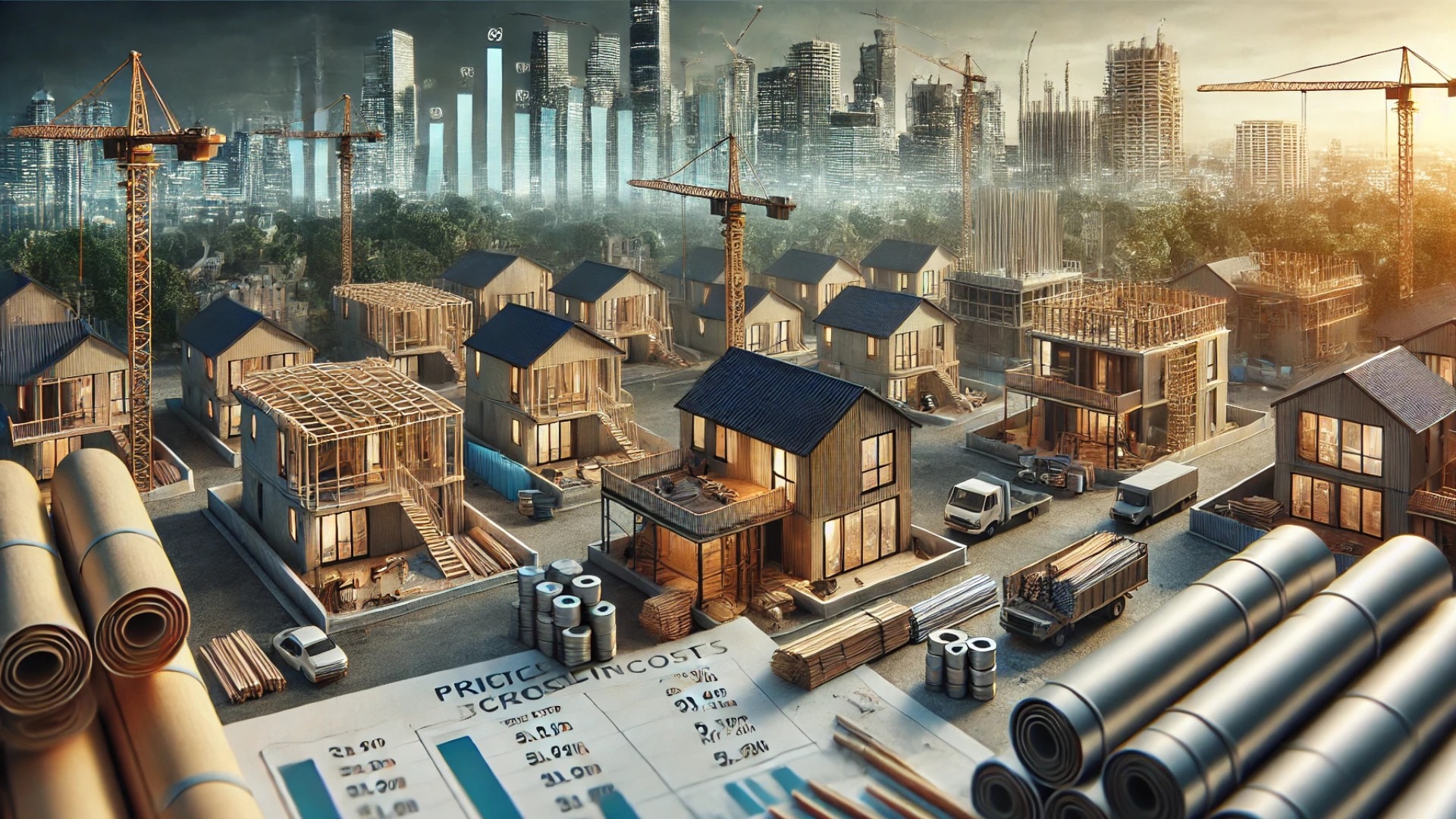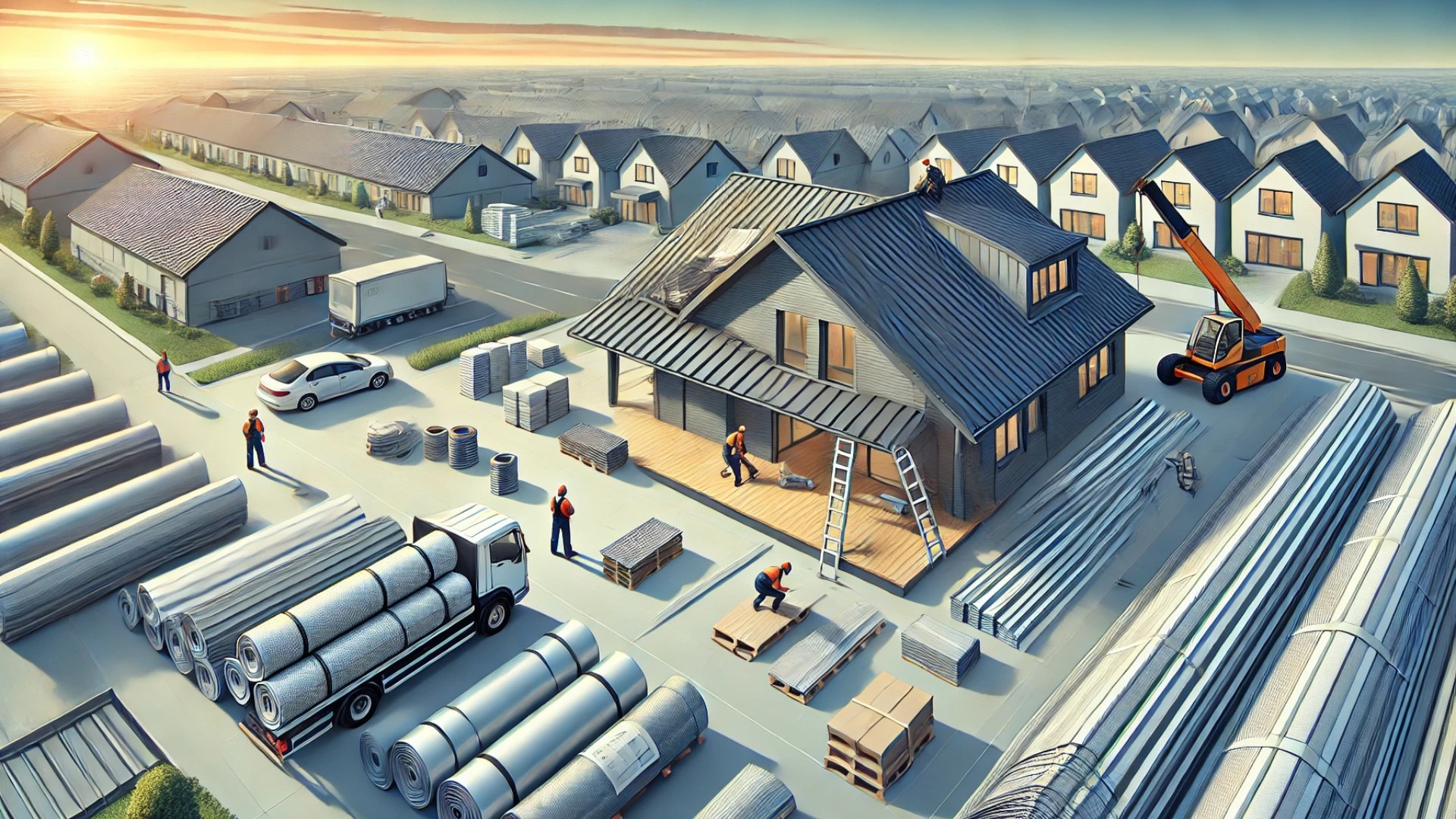
Understanding the Cost Pressure Triggered by Trump's Tariffs
The introduction of tariffs by the Trump administration marks a significant shift in the construction industry, resulting in rising material costs that builders now face. This financial pressure is particularly felt in sectors heavily reliant on imported materials, namely housing and construction, where cost increases can amount to thousands of dollars for new projects.
The Economic Ripple Effect: Why Tariffs Matter
Recent estimates suggest that tariffs could inflate the cost of building a new home by over $9,200, as reported by the National Association of Home Builders (NAHB). The primary culprit in this scenario is the increased costs for essential materials, including lumber, aluminum, and steel. Homebuilders like Buddy Hughes underline that these tariff-induced expenses come at a time when labor shortages complicate the supply side even further. The confluence of these factors creates a substantial barrier for both builders and potential homeowners, driving up costs where many have already reached their limits.
Market Sentiment: Indecision in the Construction Sector
Real estate professionals are seeing a distinct shift in buyer behavior, heavily influenced by the unpredictability surrounding tariffs. According to Greg Kraut, CEO of KPG Funds, this environment of uncertainty breeds indecision among both developers and buyers, leading to project delays and halting many proposed renovations. With higher costs looming, prospective homebuyers often now seek fully developed properties to circumvent fluctuating material costs, leaving 'fixer-upper' homes languishing on the market.
Future Implications: What Lies Ahead for Homebuilders?
The ongoing tariff situation could usher in a broad range of developments across the construction sector. As contractors adapt to these cost pressures, many are re-evaluating their pricing strategies for upcoming projects. Instead of traditional fixed-price contracts, builders are increasingly likely to incorporate price escalation clauses or allow for expanded contingency budgets. These adjustments are vital for maintaining profitability amidst fluctuating material costs.
As reported in Construction Dive, economic forecasts indicate that while some price movements may have already been priced into current budget estimates, further long-term strategies will be necessary as the domestic and international trade landscape evolves. Contractors must remain vigilant, recalibrating their risk assessments and project timetables to best navigate this turbulent era.
Conclusion: Call for Thoughtful Decision-Making
The pressure to adapt to these economic changes is immense, and stakeholders within the construction industry must proceed with caution. Taking thoughtful action now can safeguard against future uncertainties that stem from these tariff impacts and market volatility. Contractors can benefit substantially by re-strategizing their operations and staying informed about materials' pricing trends, paving the way for sustainable practices in an ever-changing market.
 Add Row
Add Row  Add
Add 

 Add Row
Add Row  Add Element
Add Element 




Write A Comment